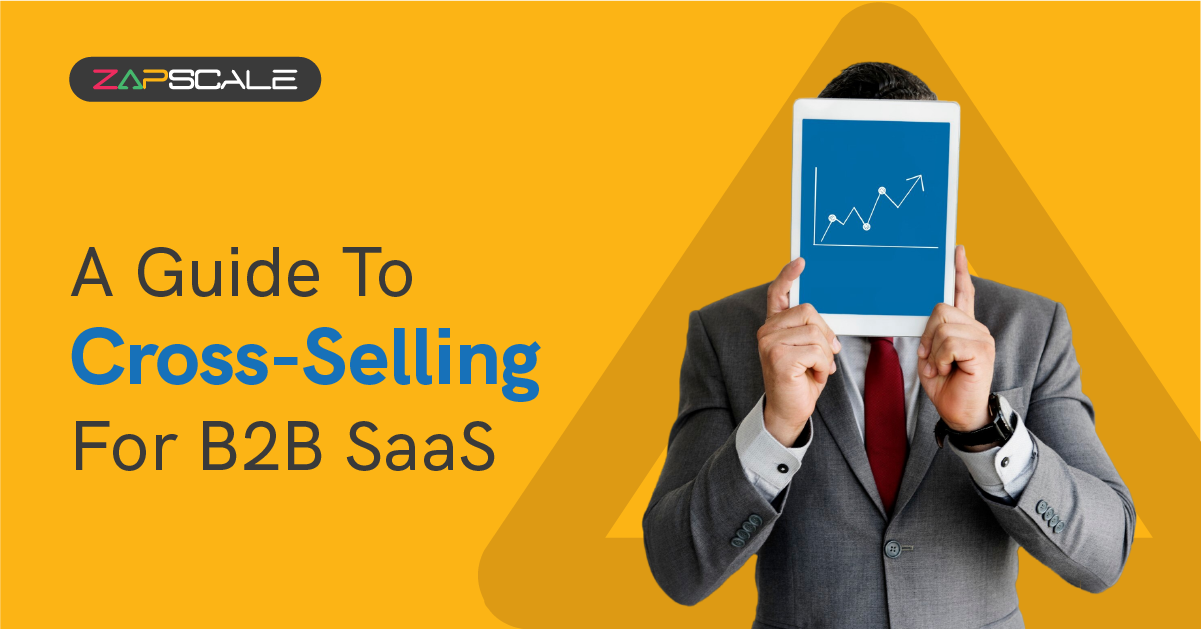CATEGORY > glossary
Customer Influence Score
What Is Customer Influence Score?
It quantifies a customer's potential to impact others' purchasing decisions and brand perception.
By identifying and engaging high-influence customers, you can amplify positive word-of-mouth, boost brand awareness, and drive sales.
What Are The Factors Influencing Customer Influence Score?
Social Media Followers And Engagement
Size and activity level of their social media audience.
Content Creation And Sharing
Frequency and reach of their brand-related posts, reviews, and recommendations.
Industry Expertise And Credibility
Recognition and authority within their field or community.
Past Brand Interactions
Advocacy history, positive reviews, and participation in community activities.
Overall Sentiment And Brand Affinity
Level of enthusiasm and positive brand association expressed online and offline.
What Are The Methods For Calculating Customer Influence Score?
Rule-Based System
Assign points based on pre-defined criteria for each influence factor.
Machine Learning Algorithms
Analyze social media data, website interactions, and brand mentions to assess influence dynamically.
Expert Judgement
Combine quantitative data with qualitative assessments of industry expertise and credibility.
How To Leverage Customer Influence Score?
Identify Brand Advocates
Segment customers based on their score and prioritize engagement efforts.
Personalized Outreach
Offer exclusive experiences, early access to products, or co-creation opportunities.
Amplify Their Voices
Partner with high-influence customers for social media campaigns, influencer marketing, and testimonials.
Encourage Advocacy
Facilitate content creation and sharing through brand ambassador programs and community initiatives.
What Are The Benefits Of Utilizing Customer Influence Score?
Targeted Marketing And Outreach
Focus resources on customers with the highest potential impact.
Authentic Brand Advocacy
Leverage genuine enthusiasm and credibility for more effective marketing.
Improved Brand Sentiment
Positive word-of-mouth from trusted sources builds trust and loyalty.
Data-Driven Decision Making
Base engagement strategies on objective metrics and insights.
Additional Considerations For Customer Influence Score
Ethical Consideration
Be transparent about influence score methodology and use it responsibly.
Authentic Relationships
Build genuine connections with advocates, not just transactional partnerships.
Dynamic Scores
Regularly update scores to reflect changes in customer behavior and online presence.
Compliance With Regulations
Ensure data collection and use comply with privacy regulations.
Popular from glossary
Quality Content,
Straight To Your Inbox!
Subscribe for the latest blogs, podcasts, webinars, and events!

Write a Blog
If you have experience in CS and
a flair for writing, we’d love to
feature you.
Write to us on
hello@zapscale.com

